The two army privates manning the radar station at Pearl Harbor made a phone call to Lt. Kermit Tyler, an army fighter pilot, manning the aircraft tracking center. The privates noticed a large group of approaching aircraft on the radar screen. "Don’t worry about it," said Lt. Tyler. It was 7 a.m. Sunday morning, Dec 7. By 7:55 a.m. Japanese bombers began arriving at Pearl Harbor. Two hours of bombing left nearly 2,400 Americans dead and over 1,200 injured. 21 ships were either sunk or damaged and more than 188 aircraft were destroyed.
I have been in Waikiki for two days now and Shane will fly in tonight to join me here
. Tomorrow we will visit The Pearl Harbor Memorial.
The events at Pearl Harbor that pulled the U.S. into WWII is such a potent part of our history that I just could not miss seeing it since I was this close. Maui is another Island about 100 miles away, and that is where I went first to visit with Shane and see that part of Hawaii. I just had to come to Oahu Island, though, to see this historical landmark before leaving Hawaii.
Pearl Harbor was named for the pearl oysters that were once harvested there. It's the only naval base in the U.S. to be designated a National Historical Landmark. It's also the largest natural harbor in Hawaii.
Shane is a working man (thank goodness for those that still work to keep our government supplied with money). He could not come to Honolulu when I did, but decided at the last moment to join me for this one day at Pearl Harbor (once he found out it would be his day off)
. He flew in late at night while I was at one of the Hawaiian shows. We finally connected, though, and he got checked in to the same hostel where I was staying.
Early the next morning (6 a.m.), we were standing in line, hoping to get him a ticket to the memorial for the same time as my ticket. I had purchased my ticket online before leaving Arkansas so I would be sure to get one for the day I wanted to go. There are a few tickets allocated to be sold at the gate for each trip on the ferry out to the USS Arizona Memorial. He was able to get a ticket for the same time as mine by getting in line very early.
A tour through the museum was the first stop (after the coffee stop, that is) where we reviewed/learned many facts about the events that happened here in 1941.
War between the U.S. and Japan had been a possibility since the 1920's. In 1931, Japan invaded Manuria, and the tensions intensified between the countries
. Both countries developed contingency plans for a possible war. During the next 10 years Japan began to expand into China, desiring the natural resources Japan did not have, but China did. By 1937 Japan and China were in an all-out war.
Japan wanted to advance into SE Asia to gain control of their natural resources like oil and rubber. Since these countries were allies of the U.S., Japan decided they first needed to neutralize the U.S. forces so they could accomplish their goals.
By attacking Pearl Harbor, they intended to do so much damage to the American U.S. Pacific Fleet that the U.S. would not be able to aid the allies that Japan intended to attack.
The U.S. was totally surprised and caught off guard by the military strike the Imperial Japanese Navy delivered to Pearl Harbor on the early morning of December 7, 1941 (December 8 in Japan).
The Japanese planes (361 total, in two waves) were detected on the U
.S. radar, but the person in charge told those on duty that it was 'nothing to worry about'.
Japan is located 4,000 miles from Hawaii. The Japanese attack force stationed itself approximately 230 miles north of the Hawaiian island of Oahu. The Japanese planes were launched from six aircraft carriers. The second wave of planes hit about 45 minutes after the first wave.
A 1,760 pound bomb hit the USS Arizona at 8:06 a.m. on December 7, 1941. The bomb ignited the ammunition magazine of the ship. The gigantic battleship sank, killing 1,177 crewmen.
The day following the attack on Pearl Harbor, U.S. President Franklin D. Roosevelt spoke to the nation:
“Yesterday, December 7, 1941 — a date which will live in infamy — the United States of America was suddenly and deliberately attacked by naval and air forces of the Empire of Japan.” — Franklin Delano Roosevelt
The United States declared war on Japan on December 8, 1941, the day following the attack on Pearl Harbor
.
The Japanese decided to attack on a Sunday, believing the Americans would be less prepared. Many U.S. servicemen were still in their pajamas or eating in the mess hall when the attack began. A total of 2,335 U.S. servicemen were killed and 1,143 were wounded. Sixty-eight civilians were also killed and 35 were wounded.
The main target of the Japanese was to be the aircraft carriers but all three of them were out to sea. The Japanese instead went for the 8 battleships that were lined up in the harbor. This was all the battleships in the Pacific fleet except for one.
Only two battleships were not returned to active duty, the Arizona and the Oklahoma. The Arizona exploded and the Oklahoma turned upside down. Although all 8 were either sunk or damaged during the attack, 6 of them were eventually repaired and returned to duty during WWII.
After spending an hour or two in the museum, Shane and I took the ferry boat at our designated time to visit the memorial
. The crew of the Airzona are still entombed in the battleship. It is a floating memorial built over the hull of the battleship. It sits crossways to the ship but does not touch it, it floats above the ship. The design sinks in the middle, signifying the low point of the war, but rises on each end indicating the recovery and final victory of WWII.
We stood on the floating memorial deck, looking down at the sunken hull of the battleship. Looking over the opening in the floating memorial, you can see the battleship just under the water. We could see the ship resting in just 40 feet of water. It's an eerie feeling knowing this is the final resting place for 1,102 sailors.
There is a marble wall in the shrine room listing the names of the men that died on the Arizona that day. It's a place where the morbid effects of war hit home to you. The many visitors stand in silence and respect to the men who died that day as we glance at the many names on the huge wall
.
There is an oil spill from the ship each day. It started about a year after the ship sank and still seeps out 70 years later. It leaks somewhere between two and 9 quarts of oil a day.
Later we were able to walk through the USS Missouri battleship. It is a 60,000 ton Battleship. 3 football fields long and twenty stories high. We looked at the towering 16 inch guns that could fire a 2,700 pound shell 23 miles.
The "Mighty MO" was restored after the Pearl Harbor attack and on September 2, 1945, General McArthur accepted the unconditional surrender of the Japanese.
We stood on the exact spot where the surrender ended WWII and read the documents that ended the war. It's now called "The Surrender Deck".
We toured the USS Bowfin Submarine also. It became known as "the Pearl Harbor Avenger". We toured the torpedo room, engine room and sleeping quarters
. I find it all very confining and don't think I would have made a good submariner.
The USS Oklahoma Memorial honors 429 crewman who lost their lives in the Pearl Harbor attack. About 9 torpedoes hit "The Okie". The 35,000 ton battleship capsized in only 12 minutes. Some crewmen were actually trapped in compartments below deck after the ship capsized. They used hammers and wrenches to signal rescue crews on the surface. Two days after the attack, thirty-two men were rescued from the overturned hull of the Oklahoma.
As our last stop for the long day, we visited the Pacific Aviation Museum. It is located in one of the former WWII airplane hangers. Simulators and exhibits show the stories behind WWII Fighter planes and bombers. Visiting all the sites at Pearl Harbor requires a full day and can be challenging.
This site is not an amusement park. It is a memorial. We both ended the exhausting day with a sense of gratitude for those that gave their lives and loved ones in this long and bloody war.
"Don't Worry About It"
Thursday, September 12, 2013
 Honolulu, Hawaii, United States
Honolulu, Hawaii, United States
Other Entries
-
78Lost in A Maze, In the Cambodian Mountains
Apr 06159 days prior Sen Monorom, Cambodiaphoto_camera101videocam 7comment 0
Sen Monorom, Cambodiaphoto_camera101videocam 7comment 0 -
79A Cambodian Birthday Party
Apr 13152 days prior Battambang, Cambodiaphoto_camera185videocam 2comment 0
Battambang, Cambodiaphoto_camera185videocam 2comment 0 -
80HAPPY NEW YEAR! "2557"
Apr 14151 days prior Banan, Cambodiaphoto_camera141videocam 12comment 0
Banan, Cambodiaphoto_camera141videocam 12comment 0 -
81It's A Lotus!
Apr 15150 days prior Quận 10, Vietnamphoto_camera107videocam 6comment 0
Quận 10, Vietnamphoto_camera107videocam 6comment 0 -
82Saigon - The Old and New
May 05130 days prior Ho Chi Minh City, Vietnamphoto_camera51videocam 6comment 0
Ho Chi Minh City, Vietnamphoto_camera51videocam 6comment 0 -
83Stuck On A Boat in the Mekong Delta
May 06129 days prior Ho Chi Minh City, Vietnamphoto_camera152videocam 11comment 0
Ho Chi Minh City, Vietnamphoto_camera152videocam 11comment 0 -
84The Dark Tunnel
May 08127 days prior Ho Chi Minh City, Vietnamphoto_camera85videocam 6comment 0
Ho Chi Minh City, Vietnamphoto_camera85videocam 6comment 0 -
85A Question Answered
May 09126 days prior Nha Trang, Vietnamphoto_camera142videocam 10comment 0
Nha Trang, Vietnamphoto_camera142videocam 10comment 0 -
86You Might Get A Call from Vietnam
May 12123 days prior Hoi An, Vietnamphoto_camera132videocam 0comment 4
Hoi An, Vietnamphoto_camera132videocam 0comment 4 -
87Just Call Me Captain From Now On
May 13122 days prior Hoi An, Vietnamphoto_camera170videocam 3comment 0
Hoi An, Vietnamphoto_camera170videocam 3comment 0 -
88Crossing the Border
Jun 04100 days prior Pattaya, Thailandphoto_camera139videocam 2comment 0
Pattaya, Thailandphoto_camera139videocam 2comment 0 -
89I Can't Find A Tuk Tuk
Jun 1490 days prior Jonesboro, United Statesphoto_camera7videocam 0comment 4
Jonesboro, United Statesphoto_camera7videocam 0comment 4 -
90Get Onboard!
Sep 039 days prior San Diego, United Statesphoto_camera6videocam 0comment 4
San Diego, United Statesphoto_camera6videocam 0comment 4 -
91As Beautiful As It Is Dangerous
Sep 057 days prior Kihei, United Statesphoto_camera114videocam 2comment 2
Kihei, United Statesphoto_camera114videocam 2comment 2 -
92A Walk In The Clouds
Sep 066 days prior Haleakala National Park, United Statesphoto_camera137videocam 2comment 3
Haleakala National Park, United Statesphoto_camera137videocam 2comment 3 -
93The Playground Called Waikiki
Sep 102 days prior Waikiki, United Statesphoto_camera60videocam 3comment 0
Waikiki, United Statesphoto_camera60videocam 3comment 0 -
94Today I Found A Diamond
Sep 111 day prior Waikiki, United Statesphoto_camera89videocam 1comment 0
Waikiki, United Statesphoto_camera89videocam 1comment 0 -
95"Don't Worry About It"
Sep 12 Honolulu, United Statesphoto_camera135videocam 0comment 0
Honolulu, United Statesphoto_camera135videocam 0comment 0 -
96It's Friday the 13th - Does That Matter?
Sep 131 day later Honolulu, United Statesphoto_camera55videocam 3comment 0
Honolulu, United Statesphoto_camera55videocam 3comment 0 -
97..........And The Skipper Too
Sep 142 days later Waikiki, United Statesphoto_camera73videocam 10comment 0
Waikiki, United Statesphoto_camera73videocam 10comment 0 -
98As The Sun Sets
Sep 175 days later Maui, United Statesphoto_camera101videocam 4comment 0
Maui, United Statesphoto_camera101videocam 4comment 0 -
99THE BED!
Sep 197 days later Tokyo, Japanphoto_camera10videocam 0comment 2
Tokyo, Japanphoto_camera10videocam 0comment 2 -
100First Day in Tokyo
Sep 197 days later Tokyo, Japanphoto_camera33videocam 1comment 3
Tokyo, Japanphoto_camera33videocam 1comment 3 -
101Iranians Like America
Sep 208 days later Tokyo, Japanphoto_camera68videocam 2comment 2
Tokyo, Japanphoto_camera68videocam 2comment 2 -
102A Young Woman Passes Me A Note
Sep 219 days later Nikko, Japanphoto_camera121videocam 0comment 2
Nikko, Japanphoto_camera121videocam 0comment 2 -
103I'm Being Followed . . . and I Feel Uncomfortable
Sep 2210 days later Nikko, Japanphoto_camera54videocam 2comment 3
Nikko, Japanphoto_camera54videocam 2comment 3 -
104Faster Than A Speeding Bullet (Japan)
Sep 2715 days later Kyoto, Japanphoto_camera34videocam 2comment 2
Kyoto, Japanphoto_camera34videocam 2comment 2 -
105The White Deer
Sep 2816 days later Nara, Japanphoto_camera67videocam 0comment 0
Nara, Japanphoto_camera67videocam 0comment 0 -
106The Thousands of Gates (Japan)
Sep 2917 days later Kyoto, Japanphoto_camera101videocam 1comment 0
Kyoto, Japanphoto_camera101videocam 1comment 0 -
107Burning Flesh -Part I (Japan)
Sep 3018 days later Hiroshima, Japanphoto_camera43videocam 1comment 0
Hiroshima, Japanphoto_camera43videocam 1comment 0 -
108Burning Flesh - Part 2 (Japan)
Oct 0119 days later Hiroshima, Japanphoto_camera40videocam 0comment 0
Hiroshima, Japanphoto_camera40videocam 0comment 0 -
109Bathing With Naked Men (Japan)
Oct 0220 days later Miyajima, Japanphoto_camera52videocam 0comment 2
Miyajima, Japanphoto_camera52videocam 0comment 2 -
110Don't Look Him In The Eyes (Japan)
Oct 0321 days later Arashiyama, Japanphoto_camera166videocam 5comment 0
Arashiyama, Japanphoto_camera166videocam 5comment 0 -
111The Land of the Rising Sun (Japan)
Oct 0422 days later Shanghai, Chinaphoto_camera50videocam 1comment 0
Shanghai, Chinaphoto_camera50videocam 1comment 0 -
112Feeding the Dead (Cambodia)
Oct 0523 days later Siem Reap, Cambodiaphoto_camera35videocam 3comment 0
Siem Reap, Cambodiaphoto_camera35videocam 3comment 0 -
113My Chair is Under Water (Cambodia)
Oct 1028 days later Battambang Province, Cambodiaphoto_camera117videocam 3comment 0
Battambang Province, Cambodiaphoto_camera117videocam 3comment 0

 Honolulu, Hawaii, United States
Honolulu, Hawaii, United States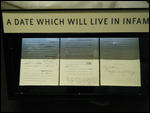

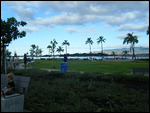
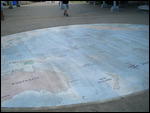
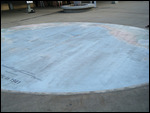
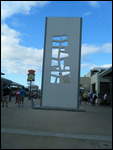
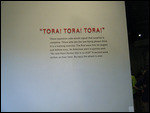
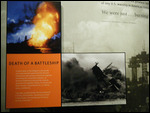






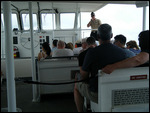
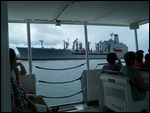
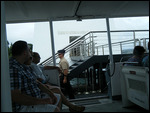
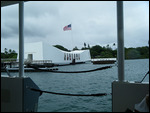

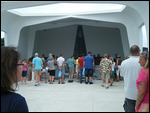

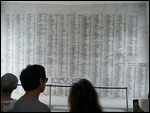
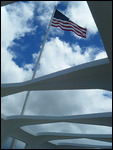
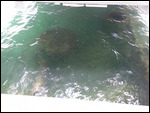
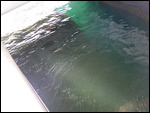
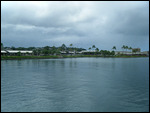
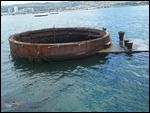
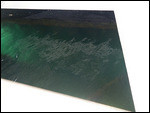


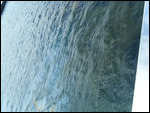
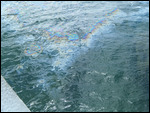
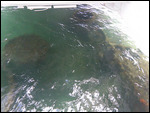
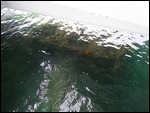

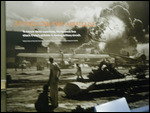
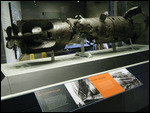
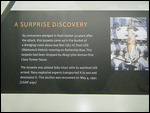
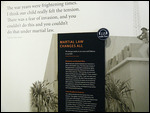
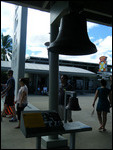
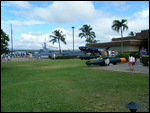
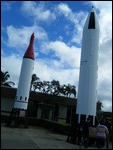
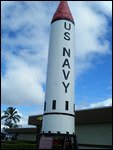
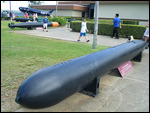

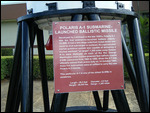
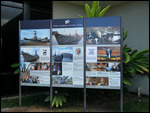
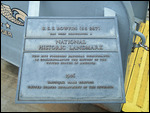

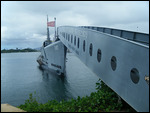
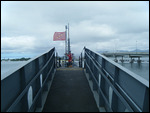
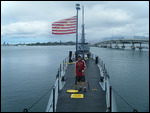
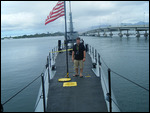
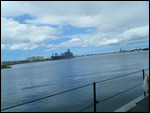
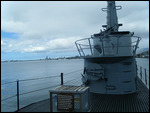
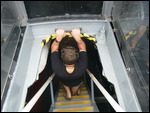
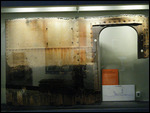

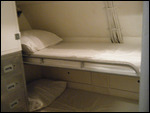
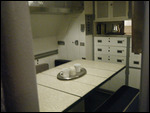
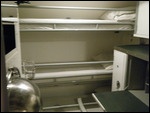
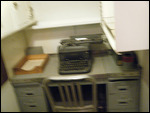
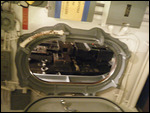
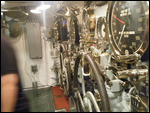
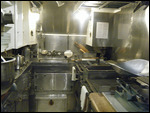
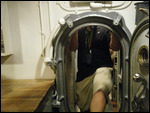
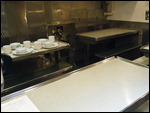
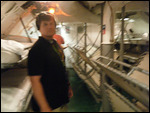
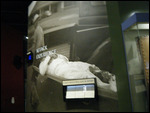
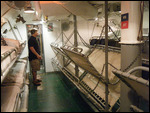
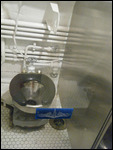
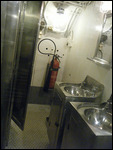
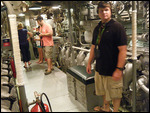

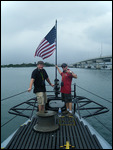
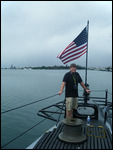
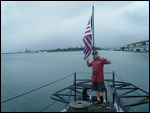
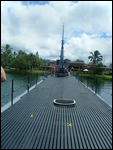
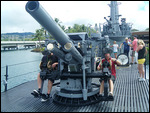
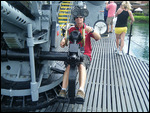

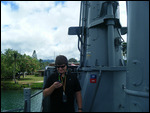

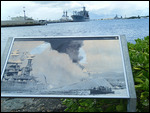
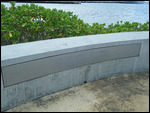
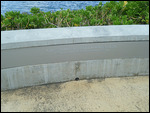
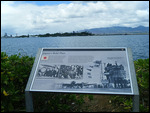
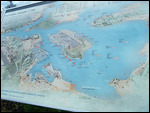
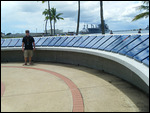
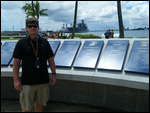
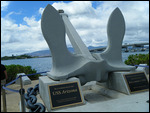
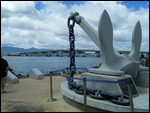
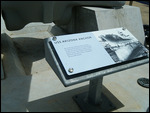
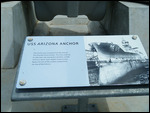
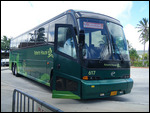
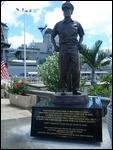
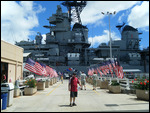
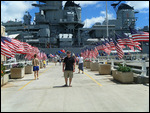
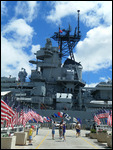

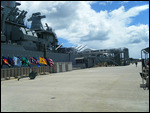
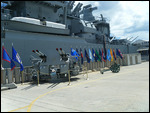
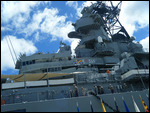
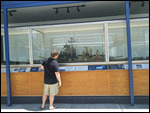
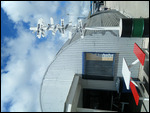
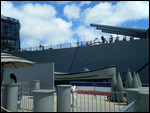
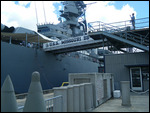
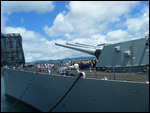
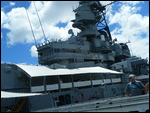
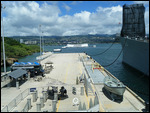
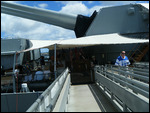
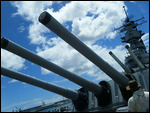
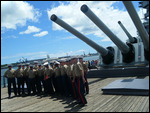
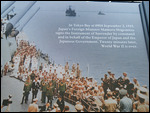
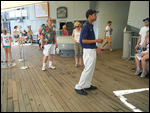
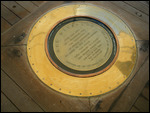
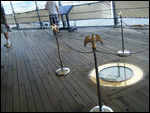
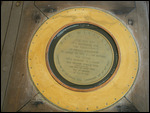
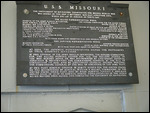
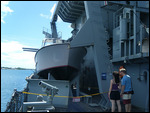
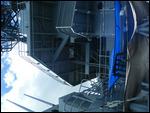
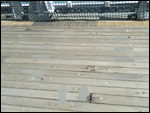


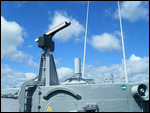
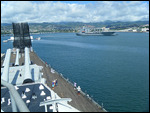
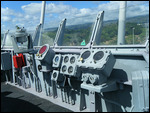
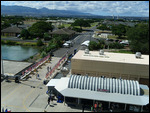
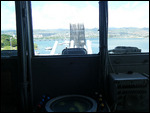
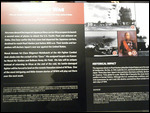
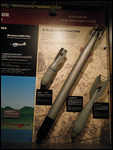
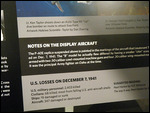
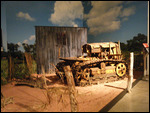

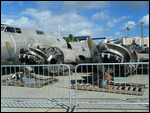
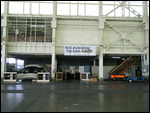
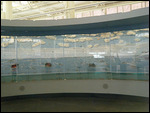
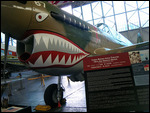

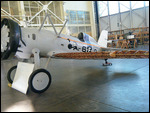
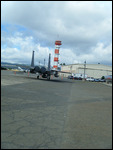
2025-05-22